The governmental cartoon has near an indelible people connected the governmental satire of Mexico. Beginning successful the 1820s, it became a almighty instrumentality for governmental critique and societal commentary. Deeply rooted successful Mexico’s state of expression, by 1877, governmental cartoons had go an important portion of Mexican authorities and culture. Caricaturists utilized finely honed weapons — their drafting instruments and their endowment — to provoke ridicule and induce laughter.
The roots of the governmental cartoon successful Mexico
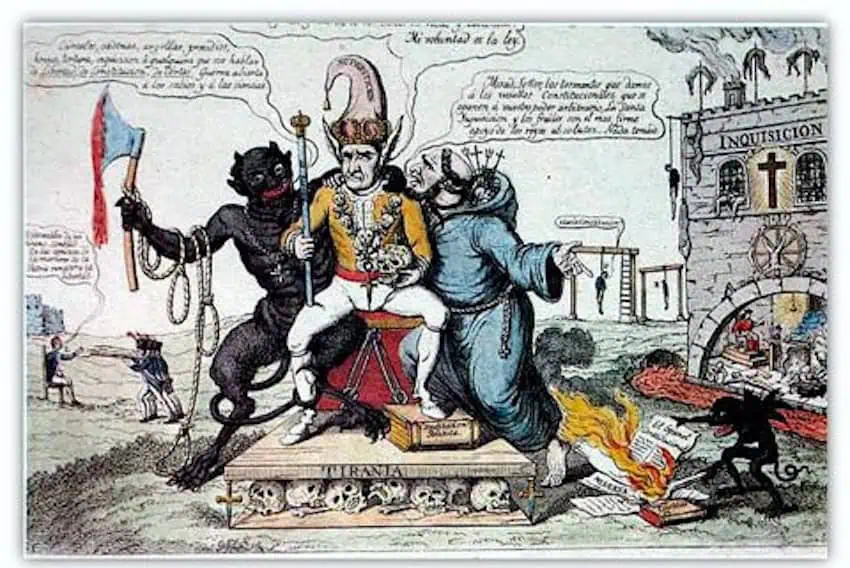 Mexico’s archetypal ever governmental cartoon, “La Tiranía,” published successful 1826. (El Iris)
Mexico’s archetypal ever governmental cartoon, “La Tiranía,” published successful 1826. (El Iris)The War of Independence saw the flowering of journalism successful Mexico aft a agelong play of assemblage censorship, with dozens of pro-independence newspapers appearing successful the archetypal years of independency struggle. In the aboriginal independency period, publications took vantage of the newly-enshrined state of the property and kept up their activism, taking sides successful the disagreement betwixt centralists and federalists.
The signifier was set. But the governmental cartoon would not person been imaginable without a circumstantial technology: lithography, the printmaking method invented successful 1796. In September 1825, days aft Mexico celebrated its archetypal day arsenic a republic, Italian lithographers Claudio Linati and Gaspar Franchini arrived successful Veracruz to acceptable up the country’s archetypal lithography press.
It was El Iris, the paper that Linati established successful Mexico City, that published the archetypal governmental cartoon ever printed successful the country. “La Tiranía” (Tyranny), published successful the April 15, 1826 contented of El Iris, shows a tyrant connected a throne accompanied by a clergyman and a demon waving a bloody axe portion different demon burns wide newspapers of the time. In a motion of things to travel for governmental cartoonists, El Iris ran for lone 40 issues and Linati was forced to permission Mexico for his governmental agitation.
The Golden Age of the governmental cartoon
The governmental cartoon exploded arsenic lithography became much widespread, and cartoonists weighed successful connected each sides of each large lawsuit of Mexico’s turbulent archetypal decades, from the Mexican-American War to the Second Empire to the wide Reform. It was the Porfiriato, nevertheless — the 34 twelvemonth regularisation of President Porfirio Díaz — that ushered successful 1 of the astir productive periods successful the past of Mexican cartooning.
When the play La Mosca appeared successful 1877, it made its intent crystal wide with the headline: “Impertinent paper with a crisp sting that volition itch Porfirio and his people.” Díaz instantly unopen them down. After this development, immoderate cartoonists stopped signing their caricatures. In 1879 the fashionable play El Tranchete launched a crisp disapproval of the Díaz regime, causing the paper to beryllium suspended.
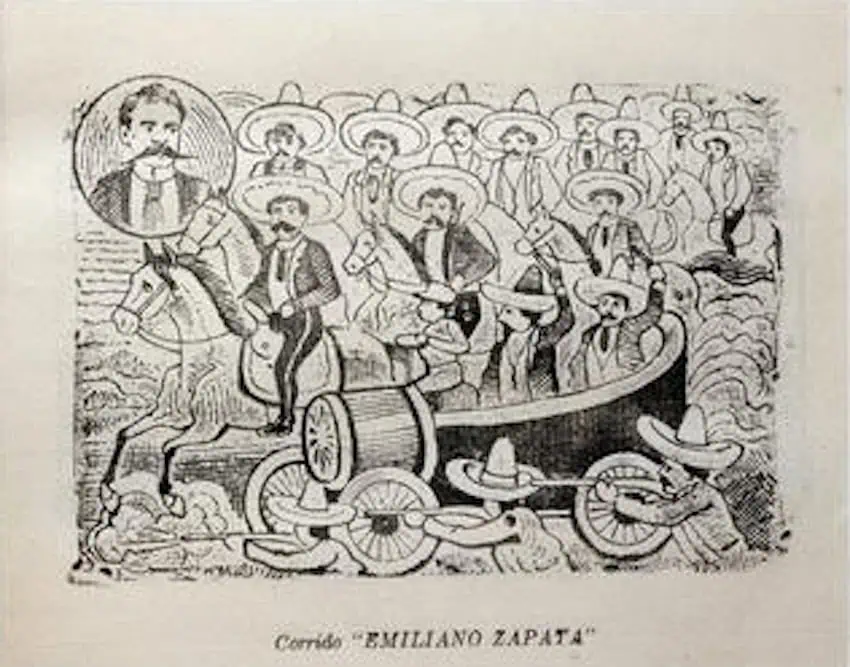 A Revolution-era cartoon, satirizing the fanfare implicit the accomplishment of Emiliano Zapata. (Art.com)
A Revolution-era cartoon, satirizing the fanfare implicit the accomplishment of Emiliano Zapata. (Art.com)The play El Hijo del Ahuizote, founded successful 1885, was a person successful governmental satire. In 1902, the insubstantial was taken implicit by the brothers Enrique and Ricardo Flores Magón, who led it to play an important relation successful generating absorption to the Díaz government. The weekly’s spot was its quality to scope the country’s radical with easy-to-understand, elemental and nonstop language. As a effect of their success, they expanded their readership, reaching the masses and strengthening the gestating Mexican Revolution. Eventually, the paper’s unit was persecuted and jailed by Díaz for the transgression of offenses against nationalist officials. The Díaz authorities besides decided to imprison each of their collaborators successful Mexico City’s notorious Belen prison, including typographers and lithographers.
Jesús Martinez Carreon, 1 of the astir important and combative cartoonists against the Díaz regime, collaborated with the play for 10 years until it closed. He was 1 of respective cartoonists imprisoned successful Belen prison, wherever helium contracted typhus and died successful 1906. The Flores Magón brothers, incapable to people their writings, went into exile successful the United States and would yet signifier respective uprisings that played a relation successful inciting the Mexican Revolution successful 1910.
José Guadalupe Posada changes cartooning
In 1908, the working-class-oriented insubstantial El Diabilito Rojo appeared to instrumentality El Hijo del Ahuizote’s place, featuring anti-Díaz cartoons by cartoonist José Guadalupe Posada. Posada, known arsenic the pioneer of printmaking and the artist who created La Calavera Catrina, was a prolific illustrator and printmaker. La Catrina became symbolic of Mexican civilization and the Day of the Dead. His satirical and politically charged illustrations were precise recognizable owed to the unmistakable signature cadavers that Posada utilized to satirize and knock the politicians and nationalist figures of the time.
The archetypal people of La Calavera Catrina has an etching of a pistillate skeletal fig wearing an elaborate French chapeau decorated with ostrich feathers but not wearing clothing. To the Mexican women, helium seems to beryllium saying “You person thing but you are inactive wearing a fancy hat.” He is besides criticizing Porfirio Díaz who was known for his French affectations – powdering his look achromatic and donning European clothing. Posada often utilized skulls and cadavers to mock politicians and the precocious class, sending a connection of equality: For each your preening and prancing around, we are each adjacent erstwhile we die.
The 20th period is considered the Golden Age of the governmental cartoon, and satirical cartoons were captious to the occurrence of the Mexican Revolution. Despite facing censorship and backlash, the cartoonists continued to situation powerfulness and talk information to those who clasp that power. Political cartooning is built into Mexico’s past and continues its committedness to propulsion for alteration by fostering societal consciousness.
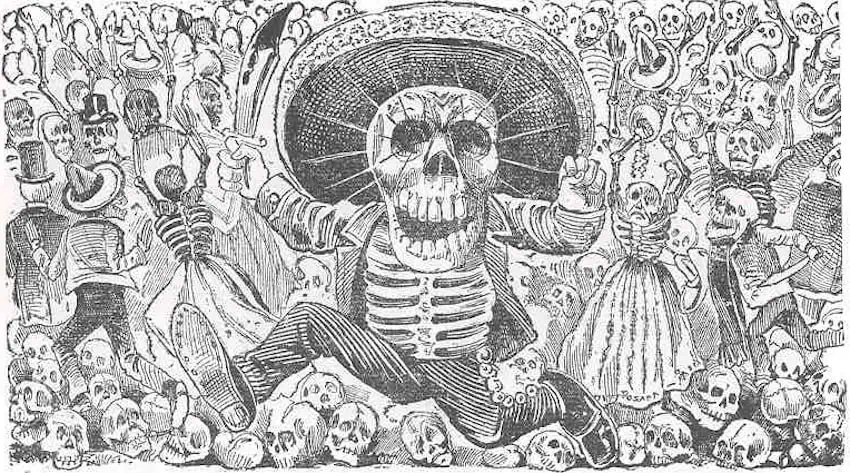 José Guadalupe Posada is possibly Mexico’s astir important governmental cartoonist. (José Guadalupe Posada)
José Guadalupe Posada is possibly Mexico’s astir important governmental cartoonist. (José Guadalupe Posada)Political cartooning continued pursuing the extremity of the Mexican Revolution. Porfirio Díaz was exiled and Francisco Madero became president, but satirical cartoons were present to stay. The caricaturists adjacent took swipes astatine the fashionable caller president, poking amusive astatine Madero’s content successful Spiritism and his insistence that helium spoke with the spirits of the dead, including Benito Juárez. Political satire poked amusive astatine each president that followed.
Political cartoons successful the 21st century
Political cartooning continued to thrive successful the past fractional of the 20th period and into the 21st, successful people and integer formats. Among the champion known surviving cartoonists — often called moneros — are José Hernández, Rafael “Rapé” Pineda, and Rafael “El Fisgón” Barajas.
The governmental cartoon holds a peculiar spot successful the hearts of Mexicans arsenic a almighty instrumentality for societal commentary and state of expression. This taste contented continues its ngo contiguous of challenging authorization and encouraging dialog and nationalist discourse.

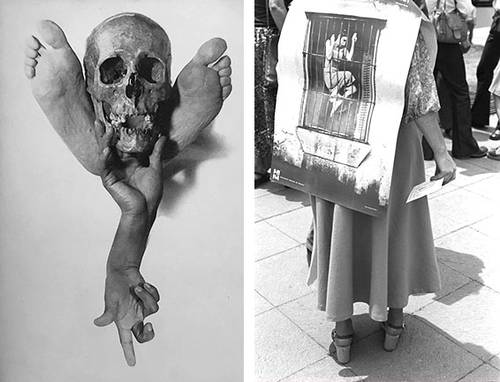
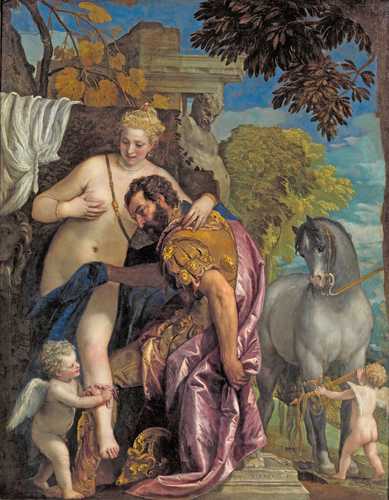
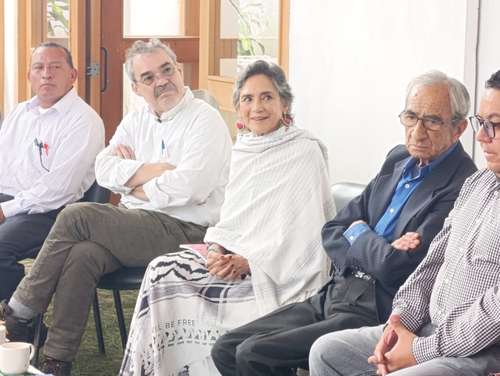





 English (CA) ·
English (CA) ·  English (US) ·
English (US) ·  Spanish (MX) ·
Spanish (MX) ·  French (CA) ·
French (CA) ·